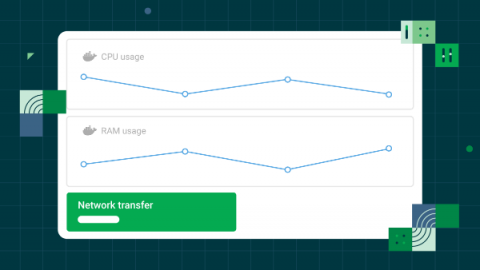Continuous integration for Angular applications
Automated testing is the foundation of your continuous integration practice. Automated testing clarifies the status of build processes for your team’s applications, ensures that tests run on every commit or pull request, and guarantees that you can make quick bug fixes before deploying to the production environment. In this tutorial, I will show you how to automate the testing of an Angular application.










